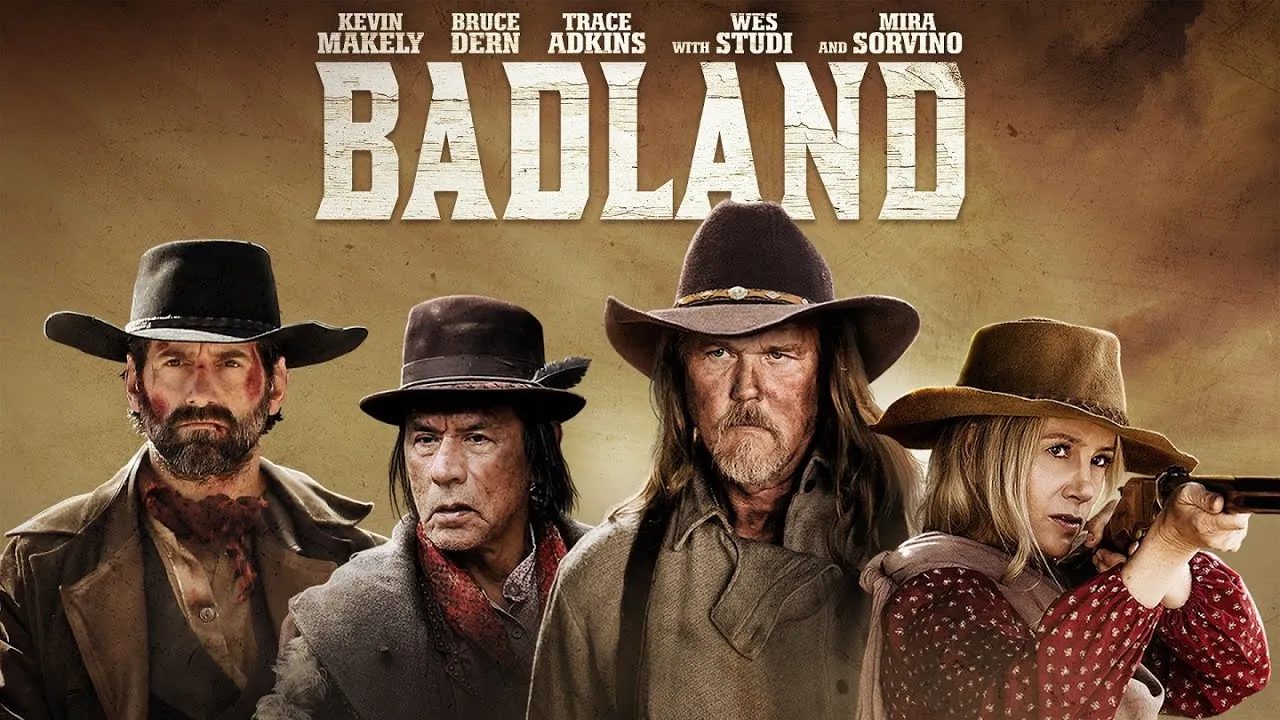When Wolf Children (Ōkami Kodomo no Ame to Yuki) was released in 2012, it quietly captured the hearts of anime lovers worldwide. Directed by Mamoru Hosoda (The Girl Who Leapt Through Time, Belle), the film is a breathtaking blend of fantasy, family drama, and coming-of-age storytelling. But more than anything, it is a deeply emotional meditation on motherhood, identity, and the painful beauty of letting go.
With its lush visuals, gentle pacing, and powerful emotional core, Wolf Children has earned its place as a modern classic. And over a decade later, fans continue to wonder: could the story continue? And if so—how?
Wolf Children follows the life of Hana, a young woman who falls in love with a mysterious man who can transform into a wolf. They have two children together—Yuki and Ame—who inherit their father's dual nature: part human, part wolf. After the sudden death of their father, Hana must raise them alone, keeping their secret hidden from the world.
To protect her children and allow them freedom to be themselves, Hana moves to the countryside, where the story unfolds over a span of years. As Yuki and Ame grow older, they begin to diverge: Yuki, the energetic and outgoing daughter, leans toward the human world. Ame, the quiet and sensitive son, feels the call of the wild and eventually chooses to live as a wolf in the forest.
The film ends with Yuki going off to middle school, beginning a new chapter in the human world, while Hana stands alone outside the forest, listening to the howls of her son who has chosen a different path.
Wolf Children is a rare kind of animated film—one that is fantastical, but grounded in emotional truth. Its central theme is not about shape-shifting or magic, but about parenting, choice, and identity. It asks one of the most profound questions a parent faces: Can you love your children enough to let them go—even if they choose a life you don’t understand?
Hosoda’s direction is filled with care and subtlety. The changing seasons mirror the children’s growth. The cinematography, hand-drawn and rich in texture, brings rural Japan to life with a sense of wonder and nostalgia. The score by Takagi Masakatsu adds to the film’s emotional resonance, with its simple piano melodies and swelling strings.
At its core, the film isn’t about wolves at all—it’s about what it means to be human. Or perhaps, what it means to be true to yourself, even if that truth sets you apart.
Though the original film concludes with emotional closure, it leaves space for a spiritual successor. A possible sequel—Wolf Children: Yuki and the Forest Echo—could follow Yuki several years later as a young adult, now living in the city and attending university. She’s trying to fit in, hiding her wolf nature, but struggling with the part of herself she’s tried to suppress.
Perhaps a new conflict arises when a wave of development threatens the forest where her brother Ame now rules as the guardian wolf. Yuki returns to the countryside, facing her past, her instincts, and the impossible choice of whether to rejoin her brother or continue walking the human path.
A reunion between Yuki and Ame—now older, more distant, but still bonded by blood—could be at the emotional core of the sequel. Their dialogue could explore how identity changes over time, and how family love endures even when paths diverge.
Hana, older and wiser, might take a step back, watching as her children now face their own decisions and responsibilities. In this version, the sequel wouldn’t aim to surpass the original, but to reflect on it—to show how the story continues in quieter, more mature ways.

Wolf Children is a film that lingers in the heart. It doesn’t shout—it whispers, howls, and hums with warmth. It celebrates nature, individuality, and the unconditional love that defines family. It’s a story that speaks to both children and adults, not because of its fantasy elements, but because of its emotional truth.
Whether or not we ever see a sequel, the legacy of Wolf Children is secure. It remains one of the most tender and beautifully animated films of the 2010s—a poetic reminder that raising children is not about molding them, but helping them discover who they already are.
And sometimes, loving someone means opening the door…and letting them run.





